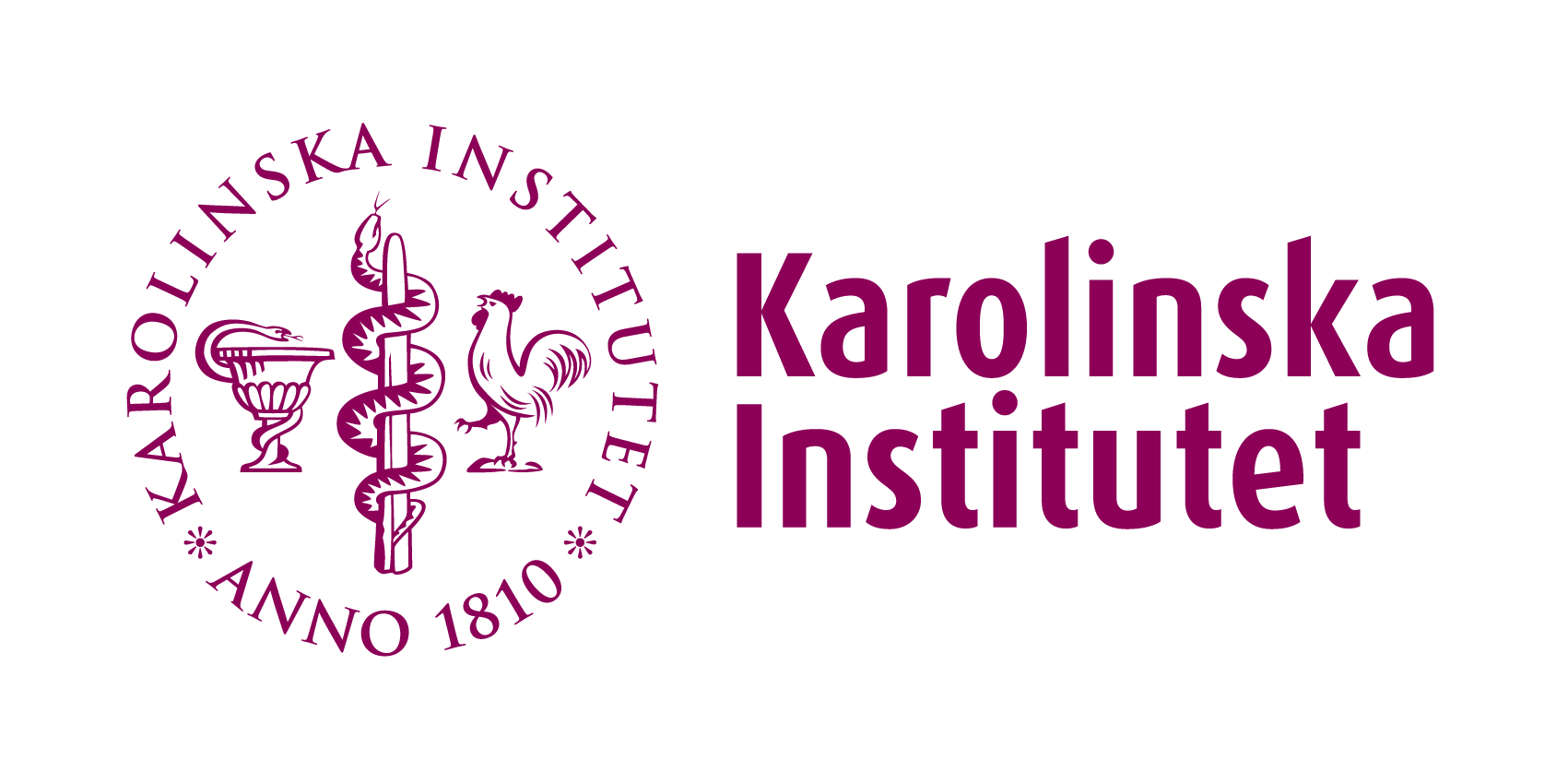Microglial modification of respiration
Responsible: Eric Herlenius
Web-site(s):
Introduction
Respiratory rhythm in mammals is generated centrally, within neuronal networks in defined regions of the brainstem. Children with immature brainstem respiratory control as well as infants and adults with sleep apnea syndrome have periodic irregular breathing with potential detrimental apneas that are increased during sleep as well as during infectious episodes. Within the brainstem, there are several respiratory regions and centers. Two of them, the preBötzinger Complex (preBötC) and the parafacial respiratory group (pFRG), have a central pattern generating function (Feldman et al. 2013). However, the mechanisms behind this rhythm generation are complex and partly unknown. The pFRG is an important chemosensitive region, essential for the blood gas homeostasis (Huckstepp et al. 2015). The region is also a key factor in congenital central hypoventilation syndrome (Gronli et al. 2008) and breathing dysfunction of neonates and during epilepsy (Mulkey et al. 2015).
The proinflammatory cytokine interleukin (IL)-1β impairs respiration during infection via PGE2 and infection is a main cause of respiratory apnea in preterm infants (Hofstetter et al. 2007, Siljehav et al. 2015). PGE2 is also an important modulator of respiratory pattern and chemosensitivity (Siljehav et al. 2014, Koch et al. 2015). Thus, the PGE2 pathway may be a new valuable target to steady the breathing of sick babies and adults. A more detailed knowledge of the actions mediated by PGE2 could create possibilities for more specific therapeutic approaches and earlier detection of the respiratory problems. We recently revealed that increased levels of CO2 induce a gapjunction dependent release of PGE2 that modulates sighs and inspiration /Forsberg et al. eLIFE 2016). Microglia express both CO2-sensitive Connexins & mPGES-1, the critical enzyme for PGE2 production.
The proinflammatory cytokine interleukin (IL)-1β impairs respiration during infection via PGE2 and infection is a main cause of respiratory apnea in preterm infants (Hofstetter et al. 2007, Siljehav et al. 2015). PGE2 is also an important modulator of respiratory pattern and chemosensitivity (Siljehav et al. 2014, Koch et al. 2015). Thus, the PGE2 pathway may be a new valuable target to steady the breathing of sick babies and adults. A more detailed knowledge of the actions mediated by PGE2 could create possibilities for more specific therapeutic approaches and earlier detection of the respiratory problems. We recently revealed that increased levels of CO2 induce a gapjunction dependent release of PGE2 that modulates sighs and inspiration /Forsberg et al. eLIFE 2016). Microglia express both CO2-sensitive Connexins & mPGES-1, the critical enzyme for PGE2 production.
Project details
| Women’s and Children’s Health | |
| Neonatology | |
| Basic Science study | |
| 1 | |
| Not decided | |
| No data/some of the data have been collected. | |
| Ethical permit is required and exists |
Supervisor/Contact
Eric Herlenius
0707878987
eric.herlenius@ki.se
Contact 2
David Forsberg
david.forsber@ki.se
Aims
To investigate if microglia modulate respiration by release PGE2
Design
Respiratory network activity will be investigated under stimulation and inhibition of microglial cells. This can be studied in our established organotypic culture system that we use for time lapse calcium imaging. The project also involves some basic signal analysis and statistics. The first part of the project will include learning the organotypic culture system and respiratory mechanisms. This will be followed by microscopy and live cell imaging (Forsberg eLIFE 2016).
Material and methods
Newborn mice pups are used to make the organotypic brainstem cultures. These are then used for calcium imaging, which detects the individual signaling activity of multiple cells within the respiratory neural network. Besides full control of the microenvironment, we are also able to transfect the culture and thus incorporating optogenetic proteins in the respiratory networks and use light to control the cell activity. Enzyme immunoassays can be used to measure the release of molecules such as PGE2 after specific microglial stimulation, inhibition or exposure to CO2.
Miscellaneous
Other information: Previous laboratory experience is required. The project is connected to full-time research during the summer.
